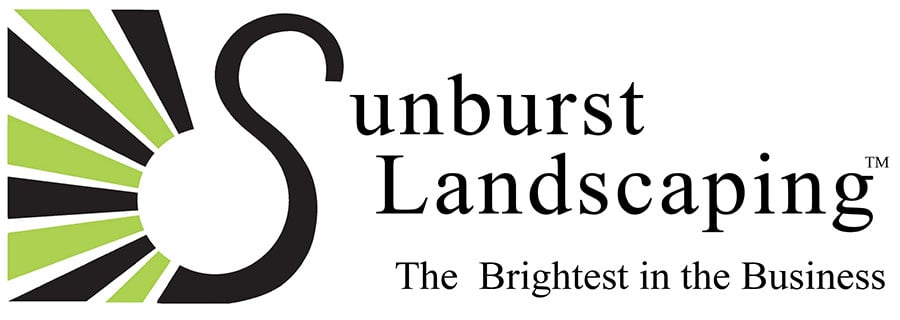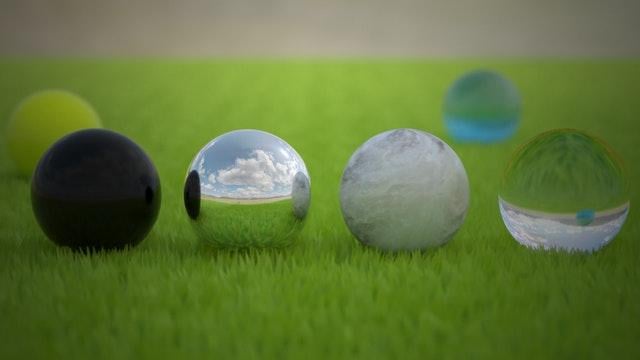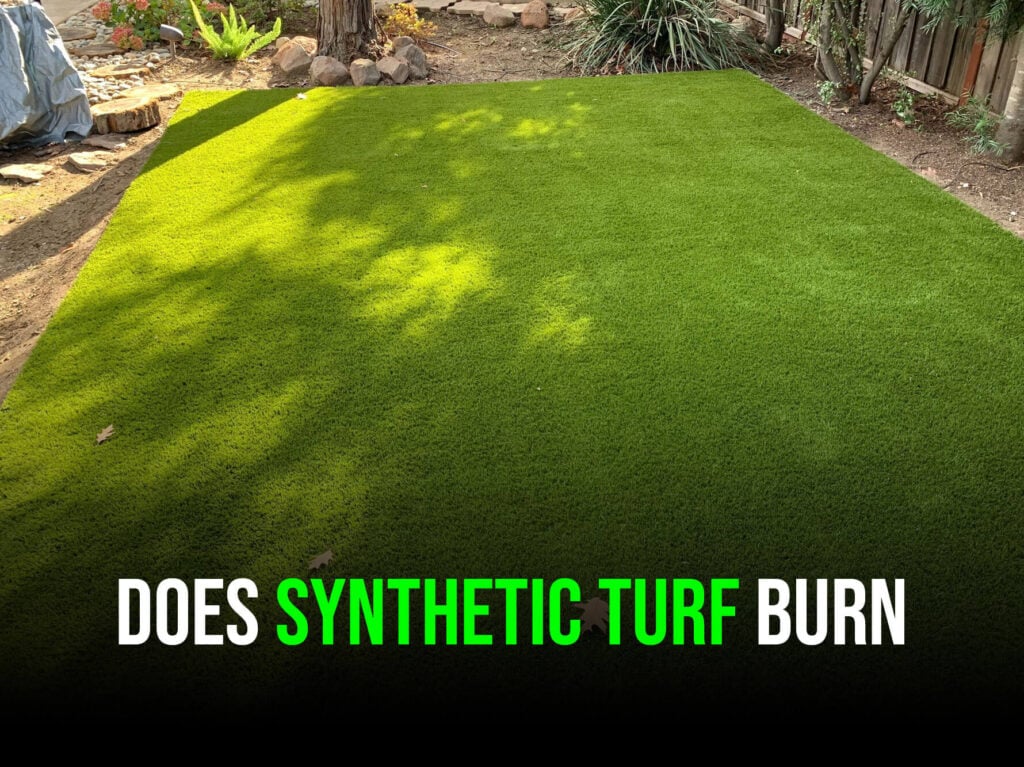Your lawn plays a big role in elevating the aesthetics of your property. It’s the first thing that catches the attention of passersby from the curb, and it’s also what welcomes family and guests as they enter your home. Once inside, your backyard offers private reprieve and relief from the street side of the property, allowing you and your guests to enjoy some much needed quality time.
In all of these, the grass making up your front lawn, garden, or backyard remains a consistent element, a central fixture. As such, it’s crucial to keep it in tiptop shape. There comes a point in time, however, when your lawn will succumb to the whims of the season, drying out and withering away, leaving the plot of soil barren.
Aesthetics side-effects aside, the other thing that makes the drying up of grass problematic is the cost entailed in sprucing up the soil back to health in time for the warmer seasons, so that the grass may grow again and go back to its lush, green state. It’s a vicious cycle, and a laborious, tedious, and expensive one at that. Fortunately, there are now ways and means for you to address this, such as by switching to artificial grass.
About Artificial Grass Structure
Artificial grass is made of synthetic materials, such as polyethylene, polypropylene, or nylon, all of which are high-strength. Its composition is actually a central facet to its efficiency. Because of its make-up, artificial grass can withstand daily wear and tear, especially with proper, regular care.
To make up the “patch” of grass, the synthetic grass blades pass through a tufting machine, which then secures the blades together to strengthen them. From the naked eye, synthetic grass may seem all the same, but in truth, they come in various colors and heights. This helps give it a more natural look as opposed to a uniform, artificial one. Apart from helping to make it more natural, the other reason why these blades come in different dimensions and colors is that they each have their own purpose.
An oval-shaped grass blade, for example, usually is soft to the touch but reliably durable. A diamond de-lustered fiber, meanwhile, feels softer yet sturdier. This type of blade is often used as landscape grass in residential and commercial properties. For spaces that see a lot more action than normal, such as a sports field or a playground, the type of synthetic grass material is the mini “W” shaped fiber.
On the other hand, if the area is going to have a lot of foot traffic, such as parks or landscapes and gardens, the blade to use is the M-shaped fiber.
Knowing about these different types of synthetic grass blades is important so you can make the right decision before buying.
Reasons to Switch
Just as there are many different types of synthetic grass blades, so are there many different reasons why you should switch from natural to artificial grass. The foremost reason is permanence. Artificial grass can keep and maintain a lush green color to your lawn all year ‘round, regardless of season.
This is a huge advantage because it’s actually why you would have to replace or struggle with the upkeep of your lawn. Changes in season is also not something that you can control, and so there’s no other recourse but for you to wait it out. In the meantime, your lawn is looking brown and dry.
With artificial grass, you won’t have to worry about that, regardless if it’s winter, spring, summer, or fall. No matter the weather, you can rest assured that the grass will always be green on your side of the fence.
In relation to that, another reason why it’s cost-efficient is that you no longer have to spend for tools and equipment for maintaining your lawn. With natural grass, you’ll need a mower, sprinkler, and fertilizer, among many other things. With a synthetic grass, the maintenance process is kept simple. It’s artificial, so obviously it won’t need regular watering. This saves you a high amount of cost from energy and water consumption. That’s not to say it won’t need any more cleaning and maintenance, but overall, it does make for a significant decrease in the items needed for care, which translates to big bucks in savings.
Even if you say you won’t invest in these equipment because you’ll just hire someone to take care of the lawn for you, you’re still going to shell out money because of course you’ll have to pay for the labor of the professional. The load of the expense is just shifted, but it’s still there in your budget.
How then do you clean artificial grass? Simple: you only need to wash it down with water. Especially if there are pets in the property, you’d want to make sure that they are not leaving any unwanted mark or trail.
Less House Maintenance
If you have turf in your backyard by the pool, it usually means extra work, too. After all, coming out of the pool and walking over the grass can definitely get exhausting. There’s mud on the feet, which could be eventually tracked inside the house. With artificial turf, there’s nothing much to do except to put your feet up, relax, and enjoy the view.
Professional Installation
Once you’ve decided to make the switch from natural to artificial grass, and after which you’ve chosen a kind of turf, the next step is finding a reputable installer to do the job for you. This isn’t like hiring service to install a carpet. Putting in artificial turf requires not just skill but also know-how. Seaming, for example, is a tricky process. This is so that the turf becomes one giant patch for your lawn.
Seaming can be very difficult, which is why it is best to leave it in the very capable hands of professionals in the industry, such as those from Sunburst Landscaping. So the next time you want to improve the aesthetic of your property, there’s no need to spend more on garden tools, but perhaps it’s time to go synthetic.
Contact us today to get started.
Sources:
Pros and Cons: Artificial Grass Versus Live Lawn. Gardenista.com.
Artificial Grass vs. Real Grass. SFGate.




